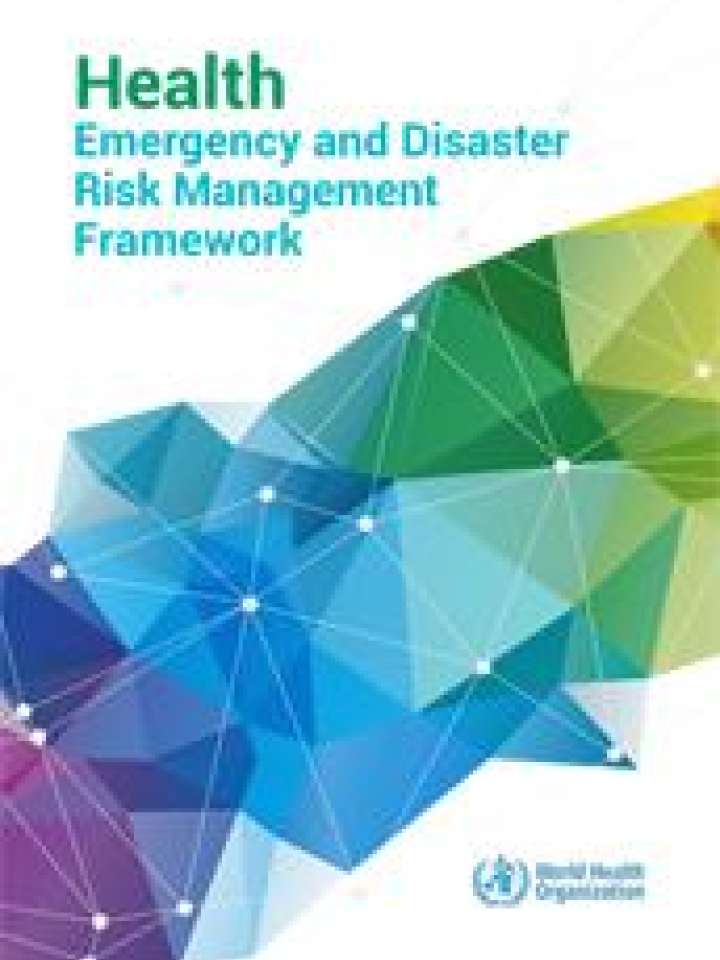Health emergency and disaster risk management framework
All communities are at risk of emergencies and disasters including those associated with infectious disease outbreaks, conflicts, and natural, technological and other hazards. The health, economic, political and societal consequences of these events can be devastating. Climate change, unplanned urbanization, population growth and displacement, antimicrobial resistance and state fragility are contributing to the increasing frequency, severity and impacts of many types of hazardous events that may lead to emergencies and disasters without effective risk management.
Reducing the health risks and consequences of emergencies is vital to local, national and global health security and to build the resilience of communities, countries and health systems. Sound risk management is essential to safeguard development and implementation of the Sustainable Development Goals (SDGs), including the pathway to universal health coverage (UHC), the Sendai Framework for Disas-ter Risk Reduction 2015–2030 (Sendai Framework), International Health Regulations (IHR) (2005), ParisAgreement on Climate Change (Paris Agreement) and other related global, regional and national frameworks.
The Health EDRM Framework provides a common language and a comprehensive approach that can be adapted and applied by all actors in health and other sectors who are working to reduce health risks and consequences of emergencies and disasters. The Framework also focuses on improving health outcomes and well-being for communities at risk in different contexts, including in fragile, low- and high-resource settings.
Explore further
